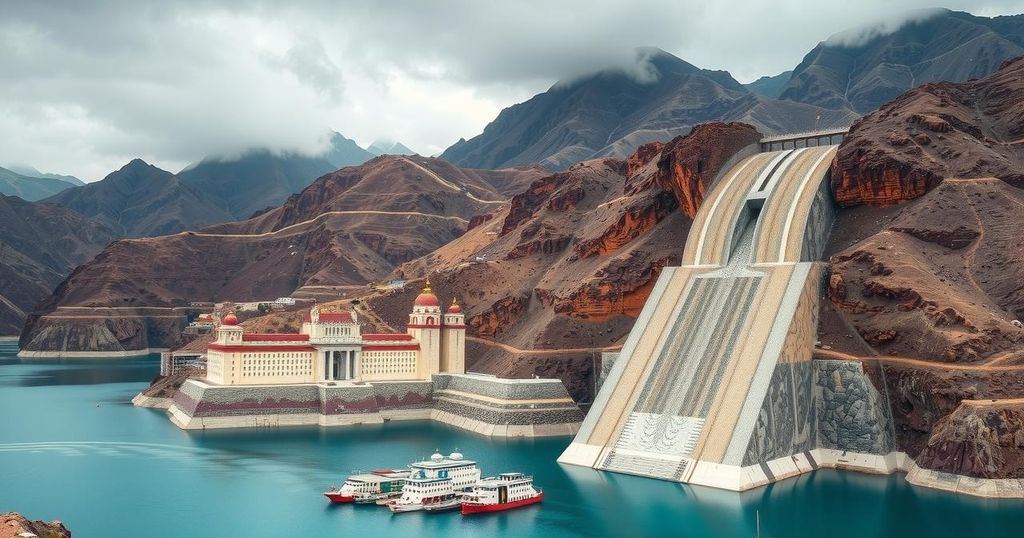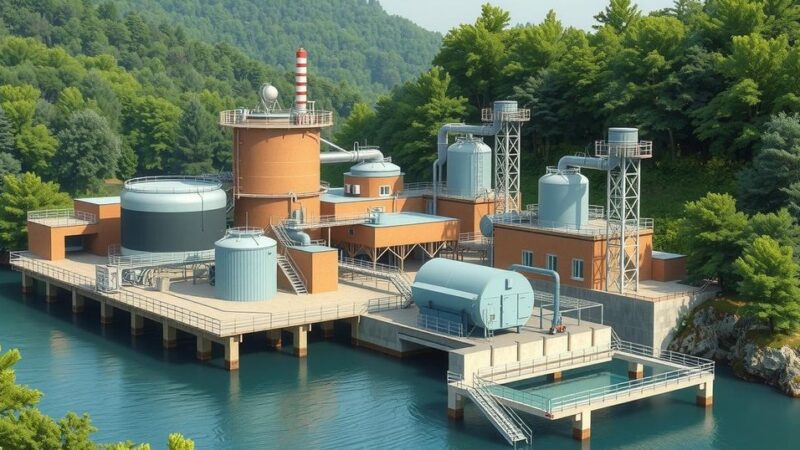China’s pursuit of hydropower projects in Tibet proceeds amid an earthquake that has increased the death toll to 126. The initiative faces scrutiny due to environmental risks associated with new dam constructions that could worsen geological instability in the region. Despite local protests and international concerns, China is advancing its plans, including the construction of the world’s largest dam on the Yarlung Tsangpo River.
China’s ambition to develop hydroelectric power in Tibet continues despite escalating risks following a major earthquake. The recent earthquake resulted in a rising death toll of 126, with over 14,000 rescuers mobilized in challenging weather conditions. Authorities cited the harsh temperatures, which plummeted to -16 degrees Celsius, as hampering rescue efforts. Experts have raised concerns over the environmental implications associated with plans to construct a series of new dams that could exacerbate landslide and flash flood risks in this geologically unstable region.
Notably, Tibet is home to significant rivers with the potential to generate up to 110 gigawatts of hydropower. As reported, the number of existing or planned dams has surged from 114 to 193, predominantly large or mega dams expected to produce as much power as Germany’s total energy output in 2022. Although a portion of these dams remains unconstructed, their implementation could lead to detrimental geological disturbances. The proposed diversion of certain rivers has also raised geopolitical tensions, particularly with India. In response to past protests by local populations against similar projects, the Chinese government advanced infrastructure endeavors regardless. Recently, the approval of the world’s largest dam on the Yarlung Tsangpo River exemplifies Beijing’s unwavering pursuit of energy production and reduced fossil fuel dependence, albeit amid significant environmental and social concerns.
The focus on hydroelectric projects in Tibet arises from China’s ongoing energy demands. Tibet is situated on a crucial geological fault line, making it vulnerable to frequent seismic activity. Nevertheless, the Chinese government perceives this region as vital for achieving its ambitious energy production goals. Concerns about flood risks and environmental degradation have been voiced by local communities and experts alike, but they have not significantly impeded China’s infrastructure development plans. Tibet’s significant rivers hold immense hydropower potential, enticing China’s strategic interests.
The recent earthquake in Tibet highlights the precarious balance between infrastructure development and environmental safety. China’s determination to exploit Tibetan hydropower despite mounting objections from experts and local populations raises critical questions about sustainability and geopolitical stability. With substantial investments in hydropower infrastructure imminent, possible repercussions for local ecosystems and regional relations remain a pressing concern that calls for thorough scrutiny.
Original Source: www.asianews.it






